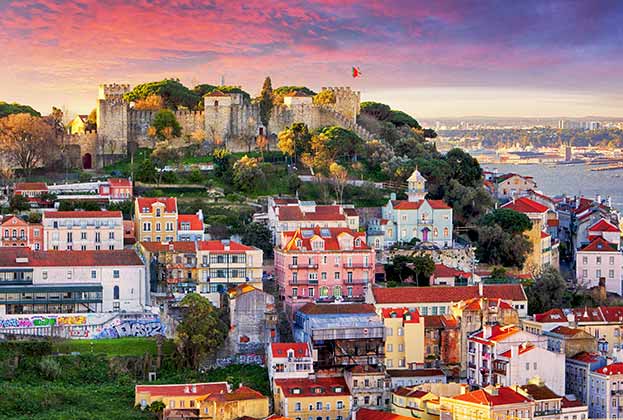Six months ago I blogged on the potential shape of the UK economic recovery and concluded that there was no prospect of a V-shape, with the most likely outcome being a ‘swoosh’ or italicised L-shape. At that time there was a widely held view that September would bring a return of activity and a relaxation of restrictions.
These expectations came broadly true, with August showing a 2.1 per cent month-on-month rise in GDP, a very respectable number (albeit half the level that many forecasters were expecting). While September’s GDP number has yet to be released, other indicators such as workplace occupancy and public transport use point to a relative return to normality, albeit within the boundaries of social distancing.
Q3 2020 now looks like it will post a record 15 per cent rise in GDP, leaving nobody in any doubt that the recovery is under way. October has, however, brought a number of expected and unexpected challenges. My view is that these will combine to deliver a slower than expected economic recovery over winter and spring.
The expected challenge is unemployment and the latest ONS labour market report covering the three months to August came with a set of revisions in recognition that the sample had become biased during the first half of the year.
These revisions lifted the main International Labour Organization unemployment rate through to July from 4.1 to 4.3 per cent. August’s data showed a further rise in the unemployment rate to 4.5 per cent. This is broadly as expected and there’s no doubt that it will continue to rise as the UK furlough scheme ends.
The less expected challenge is local or even the spectre of national lockdowns. Interestingly, there’s little evidence that the Government’s change of stance on working at home in September had much impact on the very gradual return to the CBD. This suggests that people are becoming confused or bored by changes to policies. This ennui has probably contributed to the need for local lockdowns and our current view is that these will drag on the service side of the economy more than manufacturing during the autumn and pre-Christmas period.
The office-based side of the service sector will be less affected by these lockdowns than it was in the spring and summer, as companies and workers have now adapted to working from home and thus productivity levels should be sustained.
The key question for the next three months is whether further lockdowns will dramatically impact Christmas spending. While there will undoubtedly be significantly less money spent on socialising and leisure, we don’t expect a sharp U-turn on retail sales.
Christmas 2020 will see the normal spike in spending on food and gifts and there’s a reasonably credible argument that the precautionary saving trend that occurred over the late summer period to be briefly reversed as people treat themselves and their families more than normal.
If this does happen, it will compensate for any lockdown-related hits to leisure spend and thus head-off the prospect of a W-shaped recovery that some commentators have started to suggest might be on the cards.
Further information
Looking ahead to the shape of the UK's recovery post-Covid-19


.jpg)
